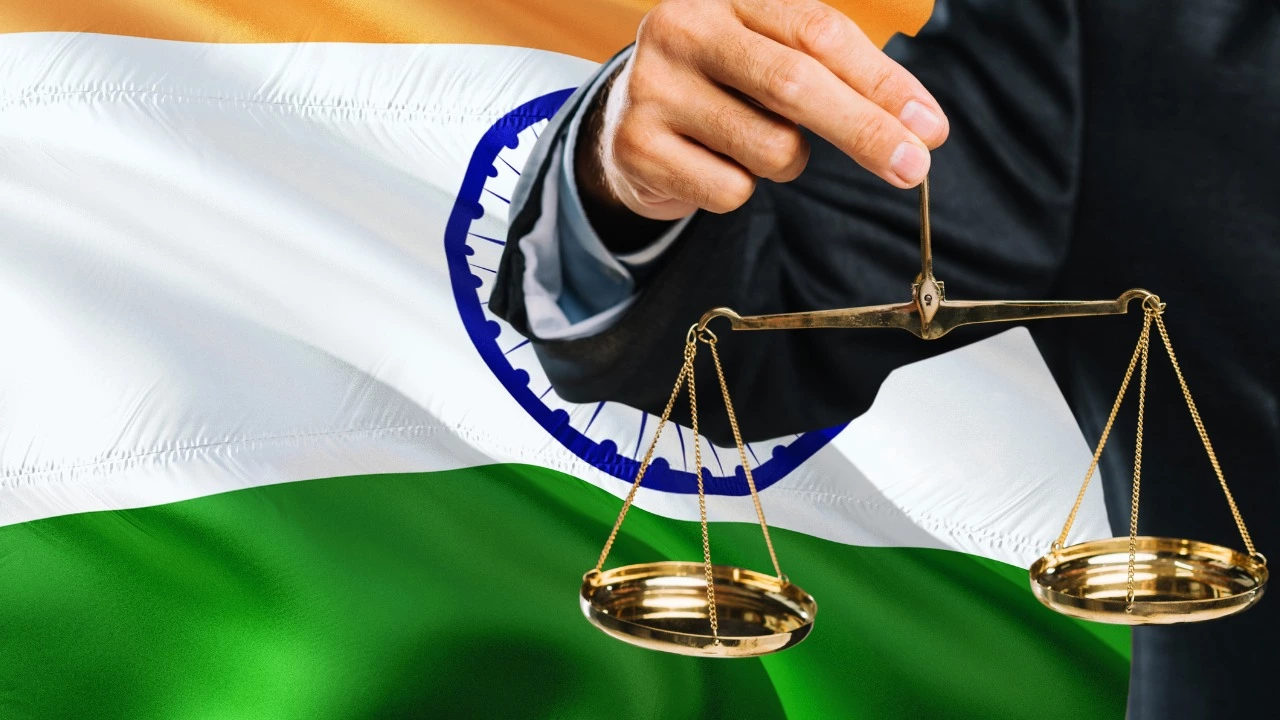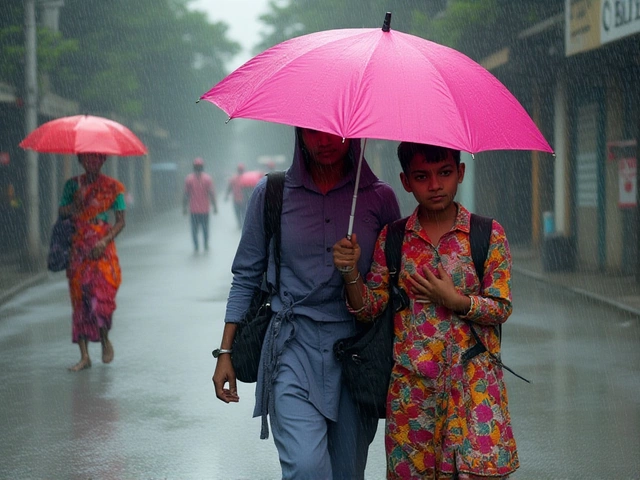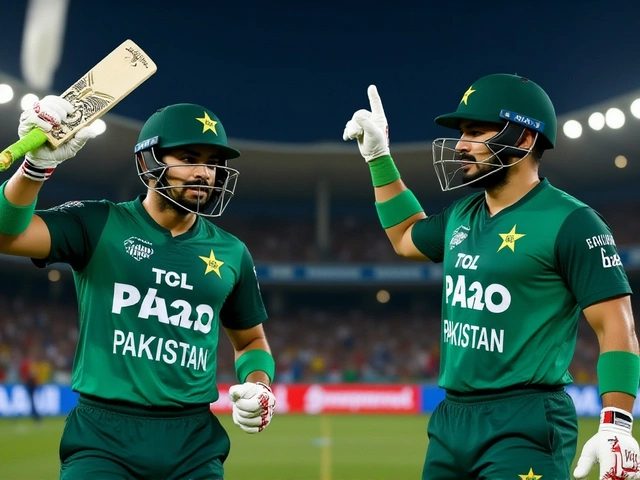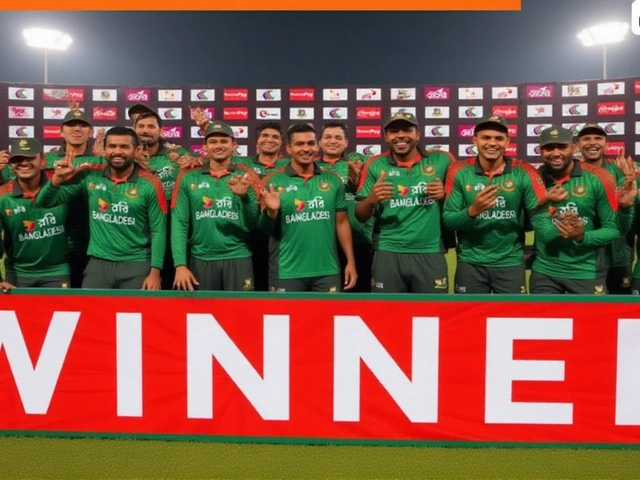
Understanding the Supreme Court of India
Before we even start talking about filing a case directly in the Supreme Court of India, I think we better start by clearing out some air around what exactly the Supreme Court is. It's not a cricket pitch, a dinner table conversation, or a Marvel comic series based in India - although I'd pay to see that last one! But jokes apart, the Supreme Court of India is the highest judicial court and the final court of appeal under the Constitution of India, comprises of the Chief Justice of India and several other Judges nominated by the President of India. It's not like jumping onto a train or a trampoline, no mate, it has a defined set of rules and procedures.
Unpacking the Journey to the Supreme Court
Now here's the thing my friendly reader. Imagine you're at a game of football. Now, in order to score, you can't just snatch the ball right from the center circle and shoot straight for the goal, can you? There is typically a progression through the legal system that starts at the district court level before winding its way to the Supreme Court. The same rules apply to the game of Indian Judiciary. Just like a football match, you start at the local courts and gradually ascend if required. Only in exceptional cases can one approach the Supreme Court directly - it's like a power play in cricket. No girls and boys, contrary to what we illustrated earlier, it isn't Marvel comics.
The Article 32 Directive
Alright, allow me to put my serious hat on for a moment here, law isn't all fun and games; it’s an essential fabric of any democratic society. Living in Melbourne, I closely follow both Indian and Australian law practices and you learn a thing or two as a blogger over the years. Remember how I mentioned exceptional circumstances in which you can file a case directly in the Supreme Court? Well, one of those cases is under Article 32 of the Indian Constitution which grants the right to constitutional remedies. This just means really important stuff, that impacts the constitution. Not your daily disputes like my dog Rover starting a feud with the neighborhood cat.
Damage, Habeas Corpus, Mandamus, Prohibition, and Certiorari
Right. Let's get into the 'Marvel Universe' of Law. Some of these terms sound like spells straight out of a Harry Potter book, am I right? These are the writs that you can file directly to the Supreme Court. Remember, we're still under the umbrella of Article 32. Habeas Corpus, Mandamus, Prohibition, and Certiorari are the five kinds of writs under Indian law. Not to be confused with any magical objects or my wife Aradhana’s secret recipe ingredients - it's still all law, no magic. These writs address different scenarios ranging from detention to omission of duty by public officials and entities, etc. Wish there was a writ to stop my dog Rover from tugging at my slipper!
Public Interest Litigation
While it sounds like a game of public agreement to me, Public Interest Litigation (PIL) is yet another route to the Supreme Court of India. Under this, any public or private individual can approach the apex court of India seeking legal remedy in cases where the public interest is at stake. It sounds all grand and fancy but remember, not just any Tom, Dick and Harry can file a PIL for spilling his tea at a chai shop. There are some concrete criteria governing this. And no, even while it sounds fun, no, PIL does not stand for Public Interest Laughing. Maybe I should consider filing a PIL for more humor in the world, wouldn't you agree?
Appeals to the Supreme Court
An Appeal to the Supreme Court is a request to the highest court of the land to review a lower court's decision. This is like taking a review in a cricket game, hoping the umpire made a mistake in giving you out. But just like in cricket, not all reviews turn out in favor, some might even backfire. It’s very similar to when my dog Rover decides to play 'fetch', and decides to keep the stick for himself. Trust me, those cases take a while to resolve, sometimes calls for a treaty negotiation.
To Wrap it Up
Finally, we down under are familiar with the proverbial last over in a cricket match and the last few lines of an engaging blog. Yes, you could directly file a case in the Supreme Court of India, provided you hit the right notes. It's like winning the World Cup, needs hard work, strategic planning, and sometimes a bit of luck, just like my lucky shamrock, Aradhana. Cheers to her, while we end this “legal” cricket match!
Often times, life comes full circle, bringing you back to where you started. And what a tour this has been! From knowing nothing about the Supreme Court of India to being someone who can possibly contribute to a conversation on it. Thank you for sticking around and reading. Do come back for more exciting and diverse topics. Here's to hoping our paths cross again!
More Articles

IMD Warns of Heavy Rainfall and Storms Across North India Until Oct 7
The IMD warns of extreme rainfall, thunderstorms and gusty winds across north India until Oct 7, with Delhi under a yellow alert and temperatures set to drop later this week.

Sahibzada Farhan’s Gun Celebration Sparks ICC Warning, BCCI Outrage, and Hero’s Welcome in Pakistan
Sahibzada Farhan’s gun celebration during Asia Cup 2025 sparked ICC warnings and BCCI outrage, yet earned him a hero’s welcome in Pakistan. He later broke T20 records with 102 sixes and 15 half-centuries in 2025.

